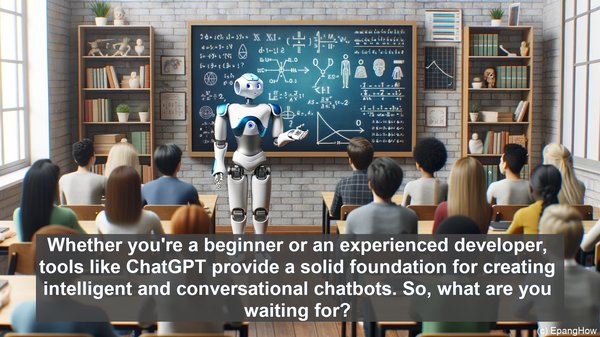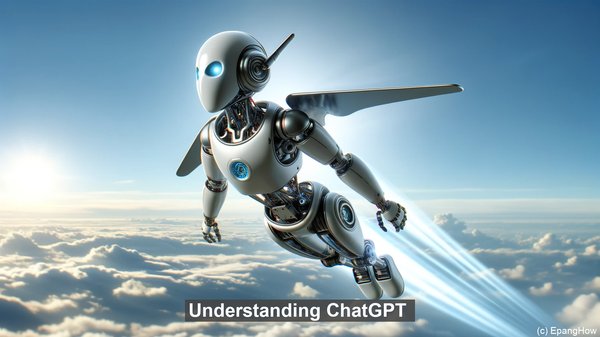Introduction to Chatbots
Welcome to this beginner’s guide on building chatbots with ChatGPT. Chatbots have become an integral part of many businesses, providing automated and personalized customer support. They can also be used for various other purposes, such as lead generation and content recommendation. With the advancements in AI and natural language processing, chatbots have become more intelligent and capable of understanding and responding to human queries. In this article, we’ll dive into the world of chatbots and explore the potential of building one using ChatGPT.
Understanding ChatGPT
ChatGPT is a language model developed by OpenAI. It’s based on the GPT (Generative Pre-trained Transformer) architecture, which has been widely used for various natural language processing tasks. What sets ChatGPT apart is its ability to generate human-like responses in a conversational manner. It has been trained on a vast amount of data from the internet, making it knowledgeable about a wide range of topics. OpenAI has also fine-tuned ChatGPT using reinforcement learning from human feedback, making it more safe and reliable.
Key Components of a Chatbot
Before we start building a chatbot, let’s understand its key components. The first component is the ‘User Interface’ which can be a website, messaging app, or any other platform where the user interacts with the chatbot. The second component is the ‘Natural Language Understanding’ (NLU) module, which processes the user’s input and extracts the intent and entities. The third component is the ‘Dialogue Management’ module, which determines the appropriate response based on the user’s input and the current context. Finally, we have the ‘Natural Language Generation’ (NLG) module, which generates the response in a human-like manner.

Building a Chatbot with ChatGPT
Now that we have a basic understanding of chatbots and ChatGPT, let’s dive into the process of building one. The first step is to define the scope and purpose of the chatbot. This will help us determine the features and functionalities it should have. The next step is to collect and prepare the training data. This data should include a variety of user queries and their corresponding responses. Once we have the data, we can start the training process. Training a chatbot involves fine-tuning the pre-trained model using the collected data. This step requires significant computational resources and can take some time. After the training is complete, we can deploy the chatbot on the desired platform and start interacting with it.
Best Practices for Chatbot Development
While building a chatbot, it’s important to keep certain best practices in mind. Firstly, the chatbot should have a clear and well-defined purpose. This will ensure that it provides accurate and relevant responses. Secondly, the chatbot should be designed to handle user inputs gracefully, even in cases where the input is ambiguous or incomplete. It should also have fallback mechanisms in place for situations where it cannot understand the user’s query. Lastly, it’s crucial to continuously monitor and evaluate the chatbot’s performance. This can be done through user feedback and regular testing. By following these best practices, we can ensure that our chatbot delivers a seamless and satisfying user experience.

